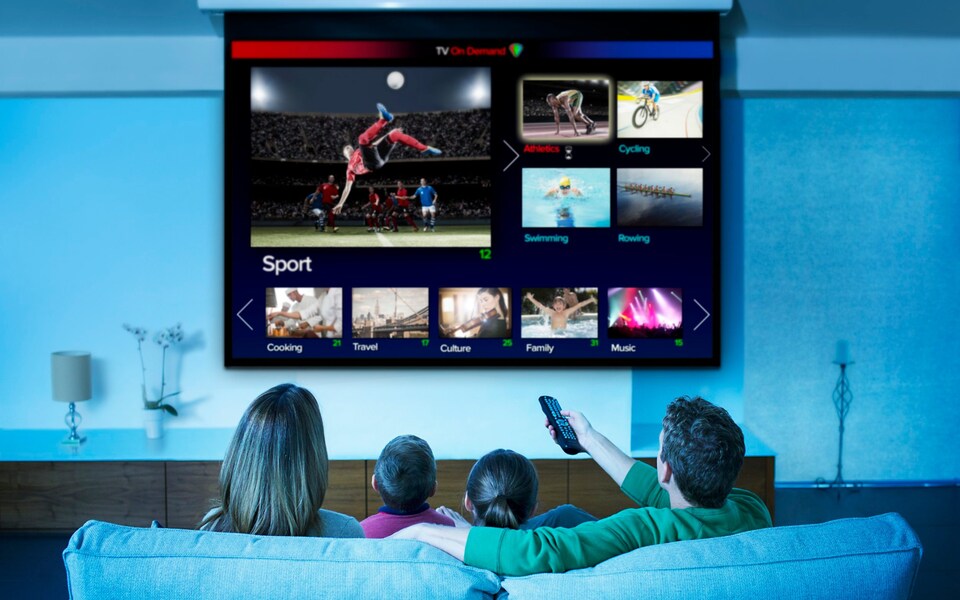
Navigating the Waves: Understanding the Differences Between OTT Advertising and Traditional TV Advertising
In the ever-evolving landscape of advertising, two prominent players have emerged in recent years: Over-The-Top (OTT) advertising and traditional TV advertising. As consumers’ media consumption habits continue to shift towards digital platforms, understanding the distinctions between these two approaches is crucial for marketers aiming to make a splash in the competitive waters of the advertising world.
1. Delivery and Distribution Channels:
- Traditional TV Advertising: Traditional TV advertising involves broadcasting commercials through cable, satellite, or terrestrial channels. Advertisers purchase airtime during specific programs to reach their target audience.
- OTT Advertising: OTT advertising, on the other hand, leverages internet-based platforms to deliver content directly to viewers. This includes streaming services like Netflix, Hulu, and Amazon Prime Video. Advertisers can reach their audience through these services on various devices, such as smart TVs, smartphones, and tablets.
2. Targeting and Personalization:
- Traditional TV Advertising: Traditional TV advertising often relies on broad demographics and time-based scheduling. Advertisers choose specific time slots and channels that align with their target audience, but the precision is limited compared to OTT.
- OTT Advertising: OTT platforms provide advertisers with advanced targeting options based on user data. This allows for precise targeting, ensuring that ads are shown to the most relevant audiences. Advertisers can personalize their campaigns based on factors like demographics, interests, and viewing behavior.
3. Interactivity and Engagement:
- Traditional TV Advertising: Traditional TV ads are typically one-way communication, lacking direct interaction with viewers. Engagement is limited to the viewer’s decision to stay tuned during commercial breaks.
- OTT Advertising: OTT advertising often incorporates interactive elements. Viewers can click on ads, explore additional content, or even make purchases directly from the ad. This higher level of interactivity enhances engagement and provides a more immersive experience for the audience.
4. Measurability and Analytics:
- Traditional TV Advertising: Measuring the effectiveness of traditional TV ads can be challenging. Advertisers often rely on ratings and surveys to gauge reach and impact.
- OTT Advertising: OTT platforms offer robust analytics, providing advertisers with detailed insights into campaign performance. Metrics such as views, clicks, and conversions can be tracked, allowing for real-time adjustments and optimization.
5. Flexibility and Cost-Effectiveness:
- Traditional TV Advertising: Traditional TV ads require significant planning and production time. The cost of airtime during prime slots can be high, limiting the frequency and duration of campaigns for smaller businesses.
- OTT Advertising: OTT advertising is more flexible and cost-effective. Smaller businesses can create and launch targeted campaigns with lower entry barriers. Additionally, advertisers can choose from various pricing models, including cost-per-click (CPC) and cost-per-impression (CPM).
Conclusion:
In the tug-of-war between traditional TV advertising and OTT advertising, the latter seems to be gaining traction as technology continues to reshape the media landscape. While both methods have their merits, the shift towards digital platforms and the demand for personalized, measurable content suggest that OTT advertising holds the key to the future of effective marketing. As advertisers navigate these waters, a strategic blend of traditional and OTT advertising may prove to be the winning formula for reaching and engaging diverse audiences in the evolving digital era.


